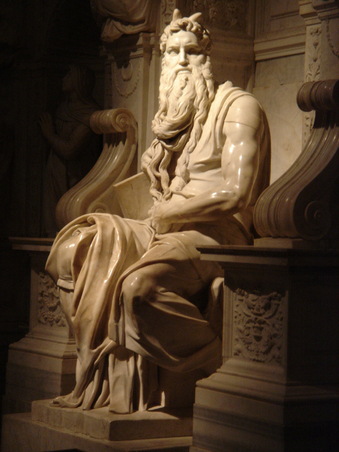- 22 -
c. -1492 to -1442
Younger Subboreal LBA I
1. Walking in Darkness
|
i. Climactic fallout (20-40 years)
a. Dense stratospheric cloud cover, ashen water vapor b. Colder temperatures worldwide c. Widespread agricultural failures ii. Cultural collapse a. Egyptian Middle Kingdom terminates b. Older Vedic cultures disappear c. Chinese Shang dynasty hiatus d. Chinese Xia dynasty abruptly ends e. Moses and followers lost in desert (c. 40 years) f. Mesoamerican generation lost in darkness (c. 40 years) |
2. Venus Radiant
3. Cultural Migrations
4. New Calendars
|
i. 360 day year / .99 AU (92.1m miles)
a. Hyksos impose a new calendar on Egypt b. Moses receives new calendar c. Inauguration of Haab calendar count in Mesoamerica d. New calendar implemented by Chinese Shang dynasty ii. 12 lunar months of 30 days each iii. Mapping planetary transits a. Egyptian decans (36 x 10 degree segments) b. Babylonian 18 x 20 degree divisions of ecliptic c. Shang Dynasty 60-day cycles |

